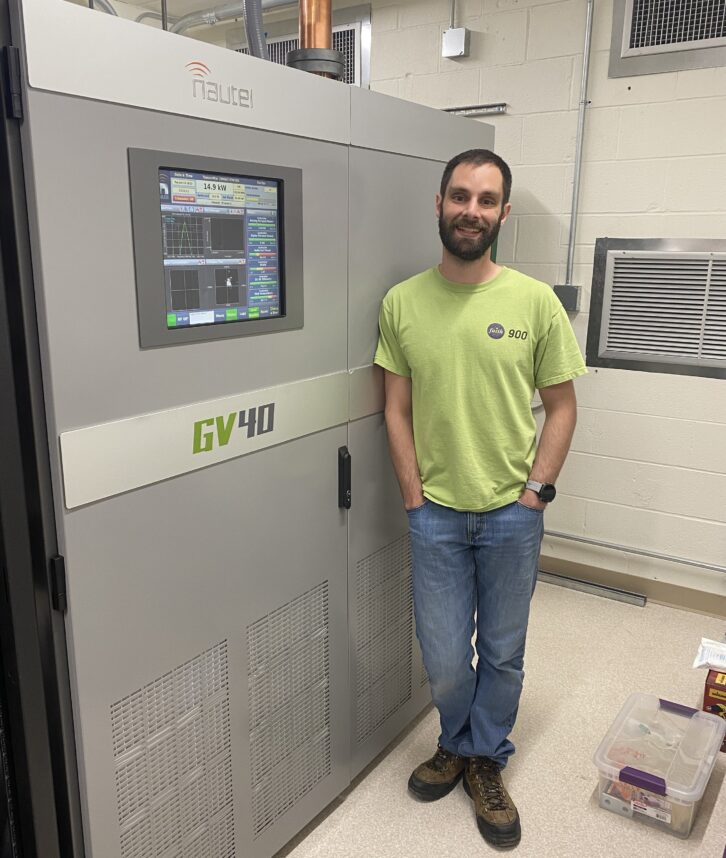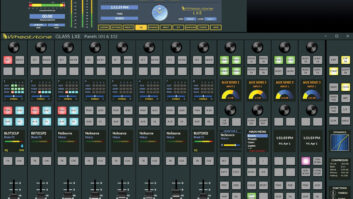A recent Radio World ebook explored the state of cloud- and IP-based content creation and delivery. Among the people interviewed was Derek Murphey, CBRE, CBT, network production software manager at Northwestern Media.

Radio World: From your experience, is the cloud being used in radio largely for front-office functions?
Derek Murphey: Cloud-based products find the most use for front-office workflow as well as post-production. I’m sure everyone is using some cloud-based file storage/transfer system these days, and while that is very efficient for the office functions, it has also greatly simplified the production workflow. Cloud systems are used extensively for system backups and file storage, sometimes without the end user even realizing.
RW: To what extent has content creation and delivery been deployed, and what’s the most important thing that broadcasters should know about it as we move into 2023?
Murphey: Cloud-based content creation has taken up more of the broadcast workflow than delivery systems. Some of that is due to vendors choosing to “retire” our go-to local file store/edit systems, favoring cloud-based subscription software and file management.
I think the delivery side of cloud software still makes broadcasters nervous, depending 100% on a network connection to stay on the air. Going into 2023 I hope broadcasters will continue to explore cloud programming and the automation products available, and find ways to build redundancy into their network infrastructure.
RW: What products for broadcast purposes do you use that are based partly or entirely in the cloud?
Murphey: We’re currently utilizing RCS Zetta Cloud as part of our DR solution, and everyday office/file sharing is exclusively Microsoft 365/OneDrive.
RW: What can cloud system users do to maximize their network reliability and availability?
Murphey: Redundancy. It all comes down to having standby equipment hot and ready to go the moment there is a sign of trouble. Especially when utilizing cloud systems for real-time audio, it’s critical to have multiple ISPs feeding redundant firewall, router and switch hardware. It’s critical to evaluate your delivery system, identify the single points of failure and find a way to add redundancy, or at the very least have a written plan in place to get back on the air in the event of failure.
RW: What provisions should they make for local alternate capacity?
Murphey: Local copies and backups are very handy to have in the event of cyberattack or a more catastrophic scenario where ISP and/or utility grid is compromised. Planning to maintain a second copy of your most critical data can be the difference of staying on the air while your competitors are forced off.
RW: Will the expansion of fiber and 5G, and the ability to transport full linear audio with little delay, influence the role of the cloud?
Murphey: Absolutely. The constant battle for real-time networked audio is always jitter and latency. Whether it’s all in-house, across a VPN, or cloud-based over public internet. Assuming MOST cloud-based audio systems have a buffer or error correcting mechanism, the lower latency of fiber would allow the same transport reliability while reducing the amount of duplicate data being sent, lowering the overall bandwidth needed.











